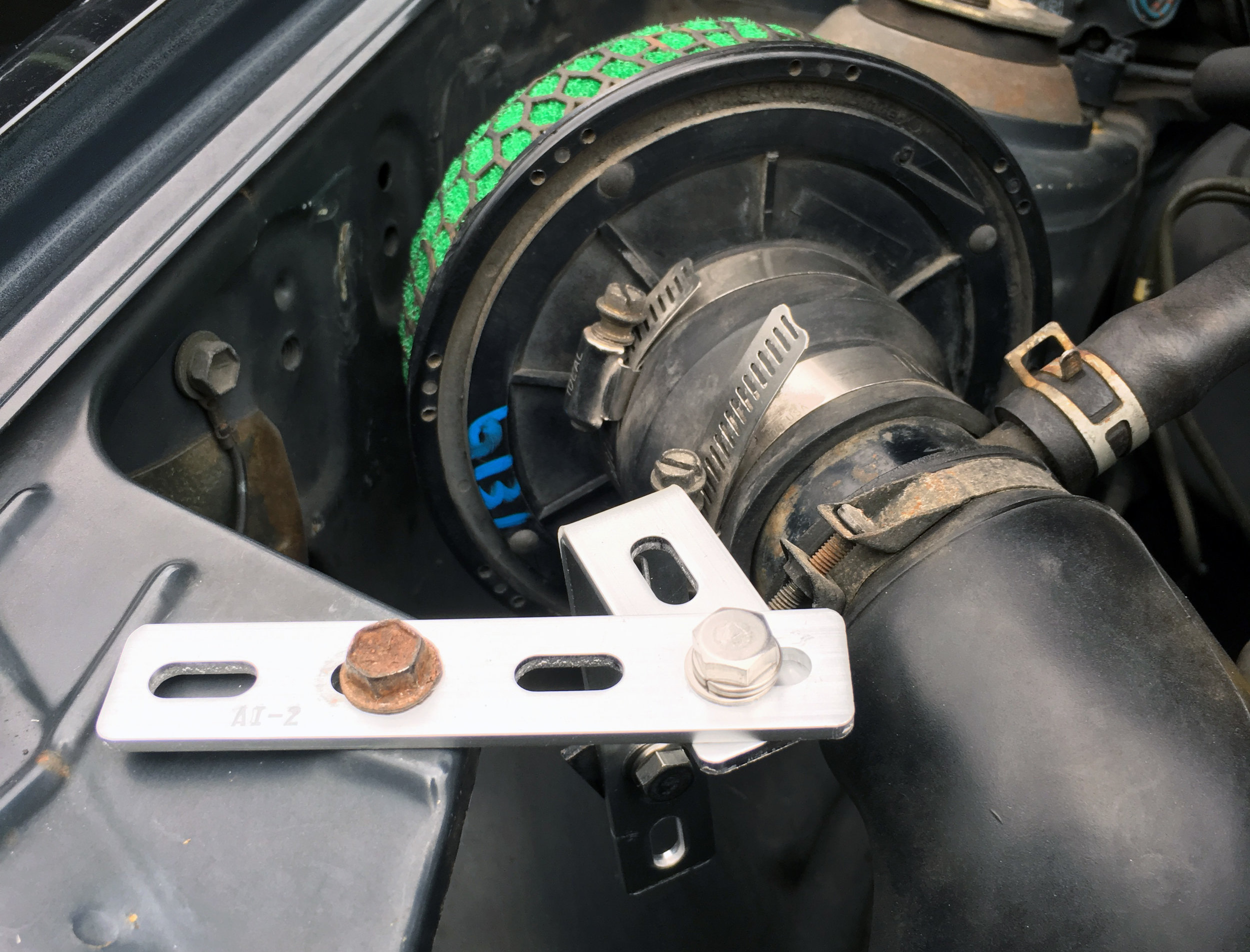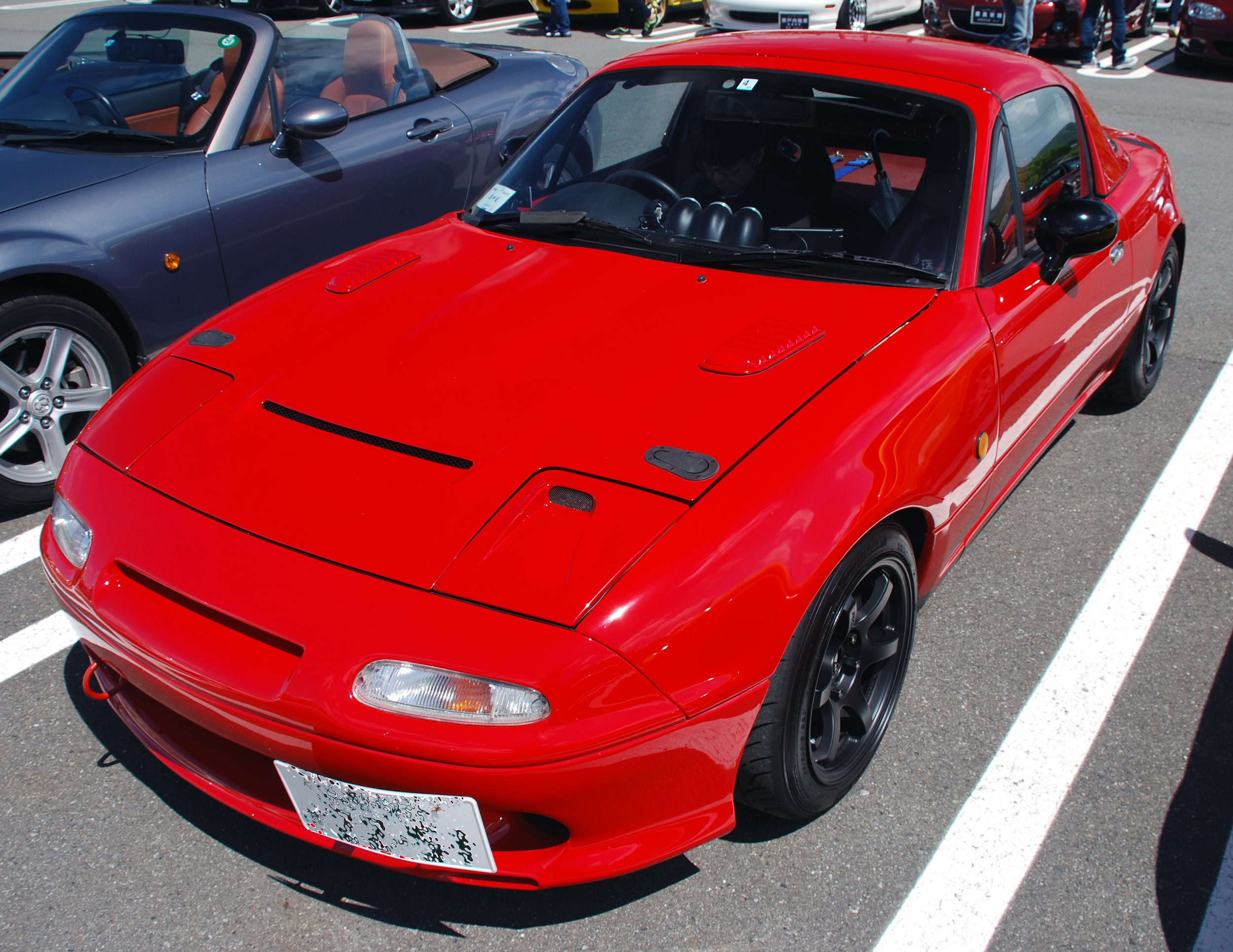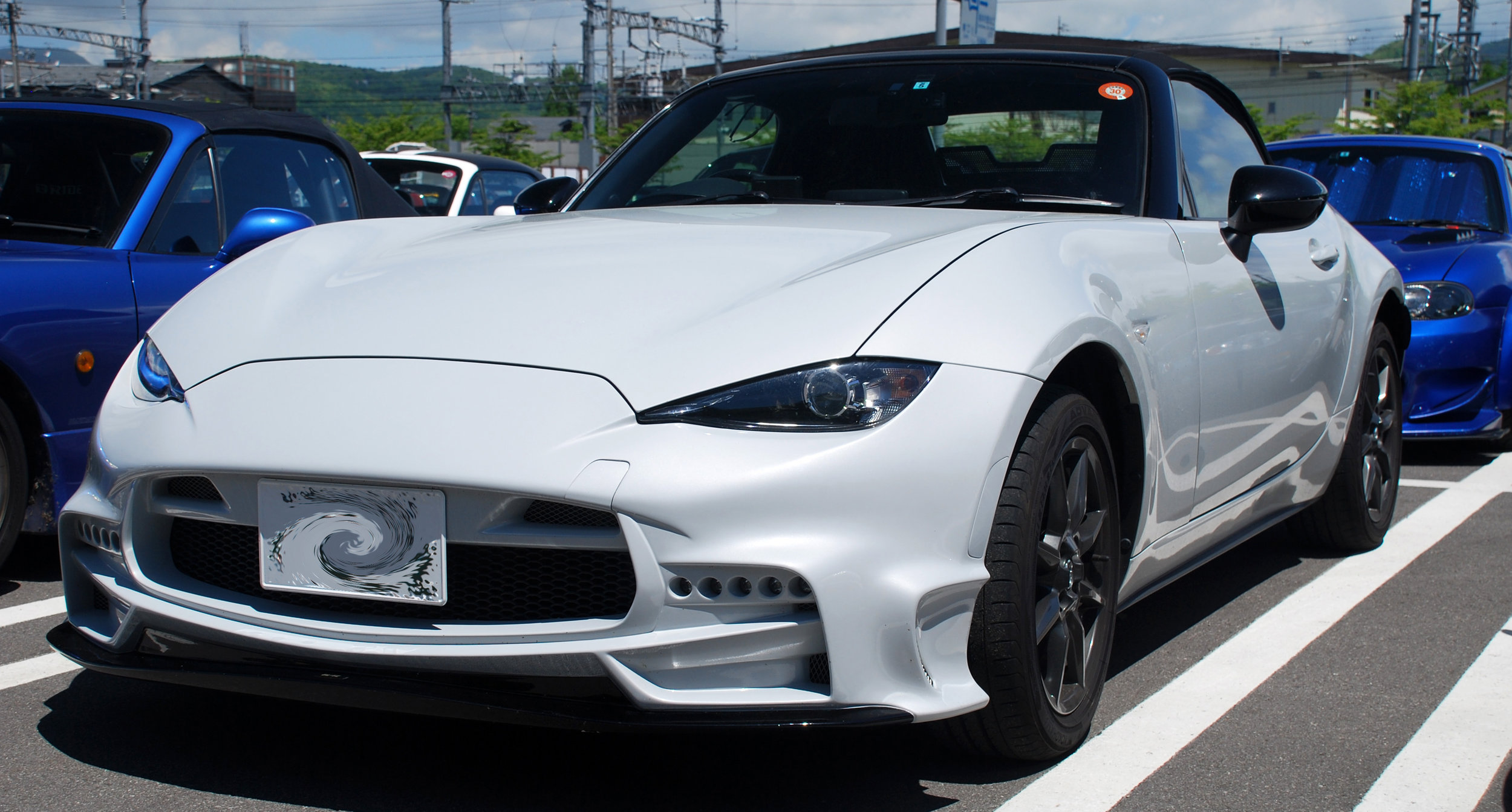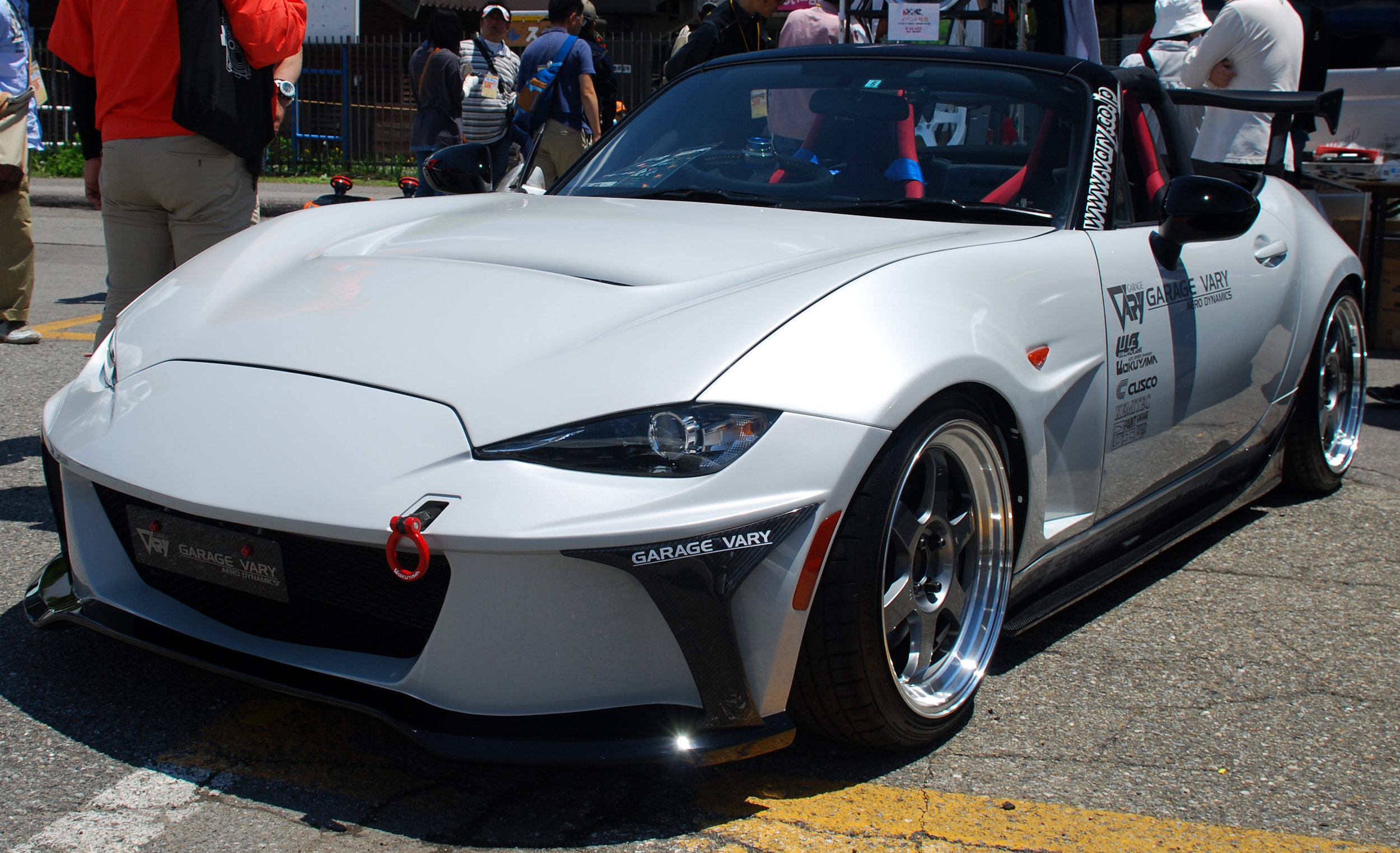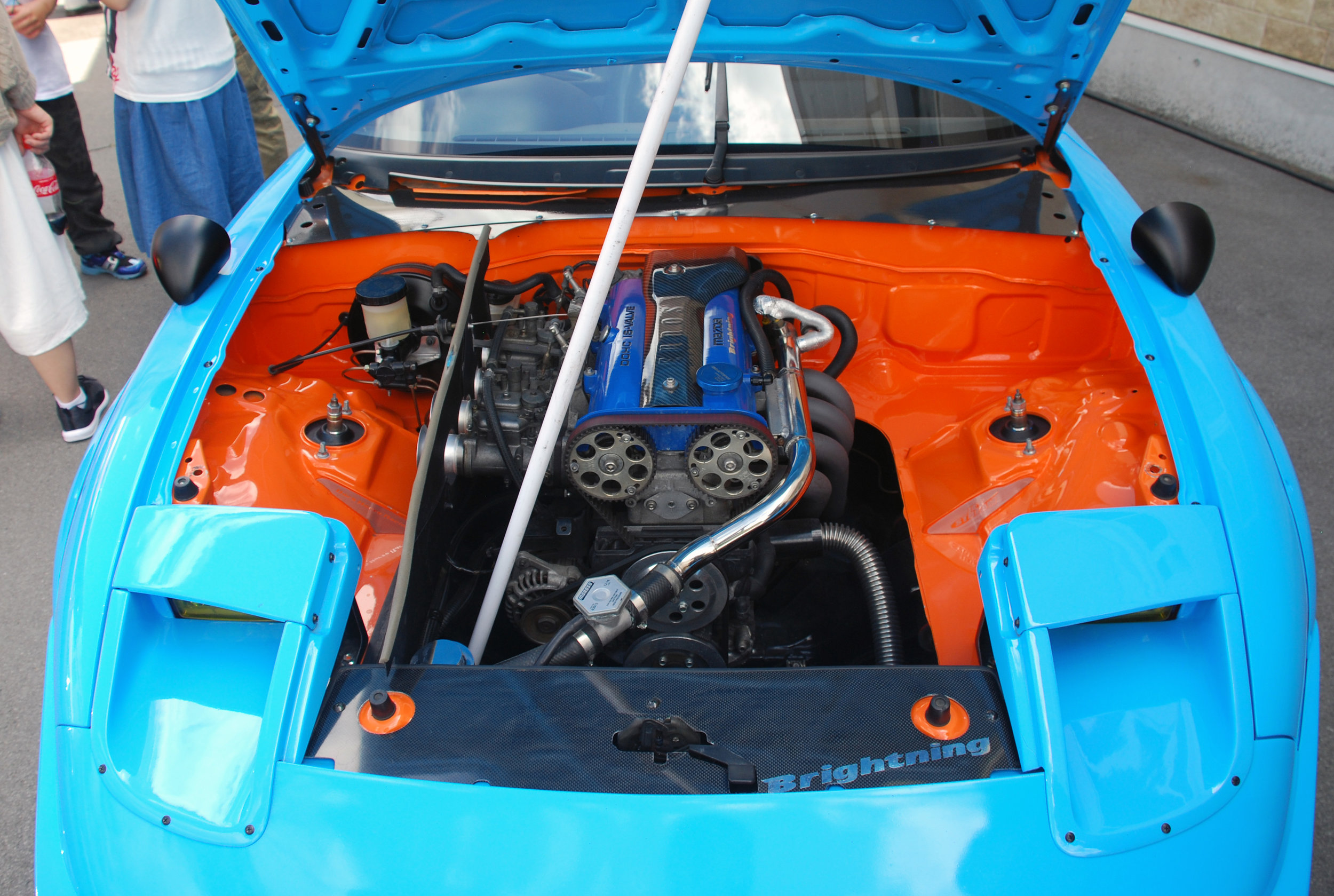[ Alto Works ] D-1 Spec Oil Catch Can Modification
High-mileage turbo’d cars are dirty. Piston rings are old and worn, so they might have quite a bit of blow-by, which means compression losses and lower power. But it also means oil in the air is recirculated back from the engine by the dump valve into the intake. In a naturally-aspirated engine, it’s usually not a problem as it is burned off fairly cleanly, though in a turbo engine, it can build up throughout the intercooler, piping, and intake manifold, severely affecting performance. Sadly, my high-mileage Alto probably has a bit of it already, judging by the inside of some of the piping. Until I need to replace these, I installed a oil catch can in the meantime to help prevent further buildup.
I picked up this new D-1 Spec oil catch can for a mere 2400¥ ($22 USD), so I didn’t expect much. Construction seems pretty solid and there are no burrs or any strange issues with molding that I could see. It’s definitely a lot larger than I expected; I’d have been happy with half the size. Sadly, for the price, there is no internal baffling unlike higher end products. I had to make do with some large wire, stainless steel scrubbers. Hopefully it doesn’t fall apart and end up in my intake.
This oil catch can is a cheap product, so I expected cheap performance, for sure. I installed it in the only empty space in the crowded engine bay, near the brake booster, the right strut, and intake. Luckily, that’s where it needs to be, anyway. It’s hard to see at the moment, but you can see how I used some aluminum brackets to make a mount for it.
After a long weekend trip running the car, I found that there was a bit of oily grease along the walls of the can. Good to know its working to some degree so far, catching some of the excess oil from being recirculated back into the intake. This was definitely a worthwhile preventative modification.













